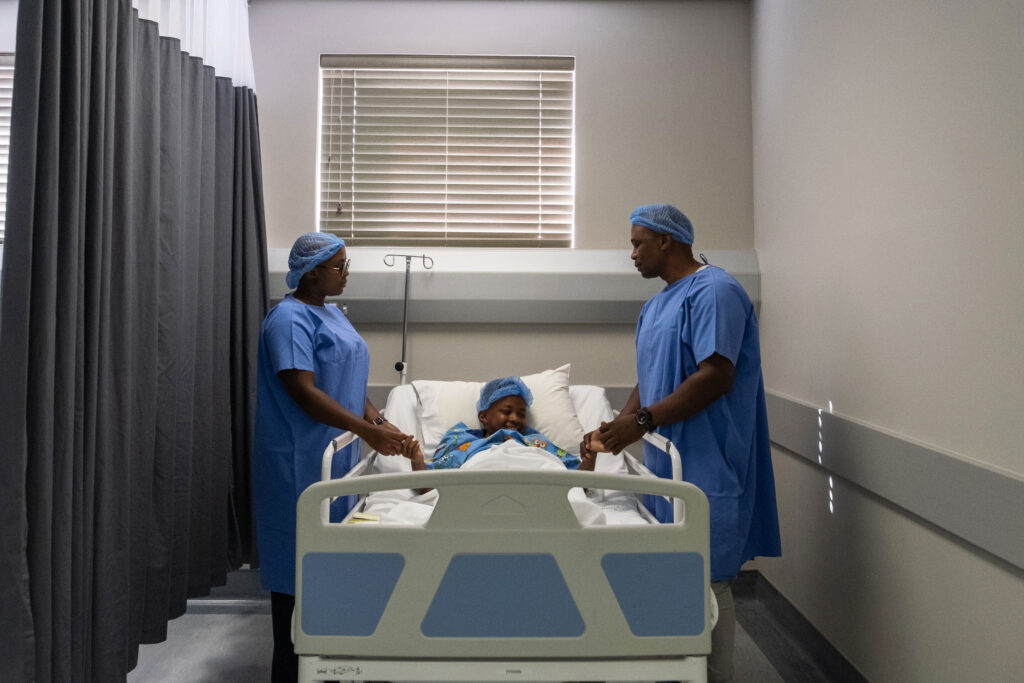LEO Satellites In Action: Bridging the Digital Divide
A stubborn “digital divide” separates individuals, families and communities that can readily access 21st century communications technology from those that cannot. According to the U.S. Federal Communications Commission (FCC), terrestrial fixed broadband has still not been physically deployed to seven percent of Americans, or approximately 24 million people. Globally, there are billions of people who do not have access to reliable broadband.
Policymakers have taken substantial action to expand broadband access through traditional technologies, such as the 2021 Bipartisan Infrastructure Law and major improvements to broadband mapping in the U.S. and Germany’s 2022 “Gigabitstrategie” program to deploy the latest fiber and mobile communications standard across the country and expand fibre-optic networks to households nationwide by 2030. But much more must be done to fully bridge the digital divide. This includes unlocking the full potential of innovative connectivity technologies like low Earth orbit (LEO) satellites.
LEO satellites will give everyone, everywhere the opportunity to access fast, affordable broadband — including regions and communities where it is uneconomic or impossible to extend other technologies due to geographic barriers or economic factors. LEO satellites have the potential to play a pivotal role in helping to close the digital divide by providing a new, reliable and cost-effective broadband option to previously underserved or unserved communities around the world.

Case Study / LEO Satellites in Action
LEO satellites are expanding educational opportunities for students around the world. In 2024, Girls With Books was able to install internet connection in South Sudan through a LEO broadband provider, making education more accessible in an area where currently, 84 percent of girls over the age of 15 are illiterate.
LEO Satellites and Education
- Research shows that K-12 students’ technology access and broadband adoption in their communities have positive impacts on educational outcomes and academic achievement.
- Yet millions of K-12 students across the United States still lack access to reliable, high-speed internet at home. A 2023 report from the National Rural Education Association found that more than 13 percent of rural households lack a “minimum broadband connection for streaming educational videos or virtual classrooms.”
- Because LEO systems are less reliant on terrestrial infrastructure, anyone on the planet with the right terminal — a small receiver about the size of a plate — and the ability to power it can connect to satellite broadband. LEO satellites will play a pivotal role in bringing fast, affordable, reliable broadband to underserved students —particularly in rural and tribal communities where the educational effects of the digital divide hit hardest.
LEO Satellites and Healthcare
- In a 2024 report, the FCC found that “broadband is a distinct social determinant of health.” Research has found reliable internet access is a significant factor in reducing health inequality and that increased broadband access improves both physical and mental health.
- Experts believe that expanding broadband access could have a particular impact on improving maternal health. The FCC reports that nearly seven million Americans who live in maternity care deserts also have below-average access to rural fixed broadband.
- In 2021, 37 percent of adults in the United States utilized telehealth technology to see a doctor. The share was even higher (43 percent) among adults aged 65 and older. LEO satellites will help broaden access by supporting initiatives like the World Health Organization’s Implementation Toolkit for Accessible Telehealth Services to bring this resource to people in need around the world.
- LEO satellites will narrow the digital divide in healthcare by providing a new option for fast, affordable and reliable broadband to individuals, families, healthcare providers, hospitals and other healthcare facilities in areas that have not been adequately served by other technologies.

Case Study / LEO Satellites in Action
Reliable, high-speed internet from LEO satellites is transforming telehealth in rural Southwest Virginia by making telemedicine services accessible for underserved and remote communities, unlocking game-changing mobile health applications for virtual consultations, disease management and dedicated and timely patient care for anyone, anywhere.
LEO Satellites and Economic Opportunity
- Experts find that U.S. counties with increased broadband access see reductions in rates of poverty and unemployment. According to one estimate from Boston Consulting Group, the lower lifetime incomes of students whose educations were hampered by the digital divide will reduce U.S. GDP by $22–33 billion every year.
- A 2022 report from the Harvard Kennedy School’s Belfer Center found that “investing in digital equity” in the United States would “exponentially boost economic opportunities and create cost savings for generations to come.” When connectivity expands, a “ripple effect” improves economic productivity, workforce development, and access to capital.
- Around the globe, research finds that increasing digitalization and greater technology use increase countries’ economic growth and development.
- By injecting fast, affordable broadband access into underserved areas that need it most, LEO satellites will open new economic opportunities and expand prosperity — locally, nationally and worldwide.
